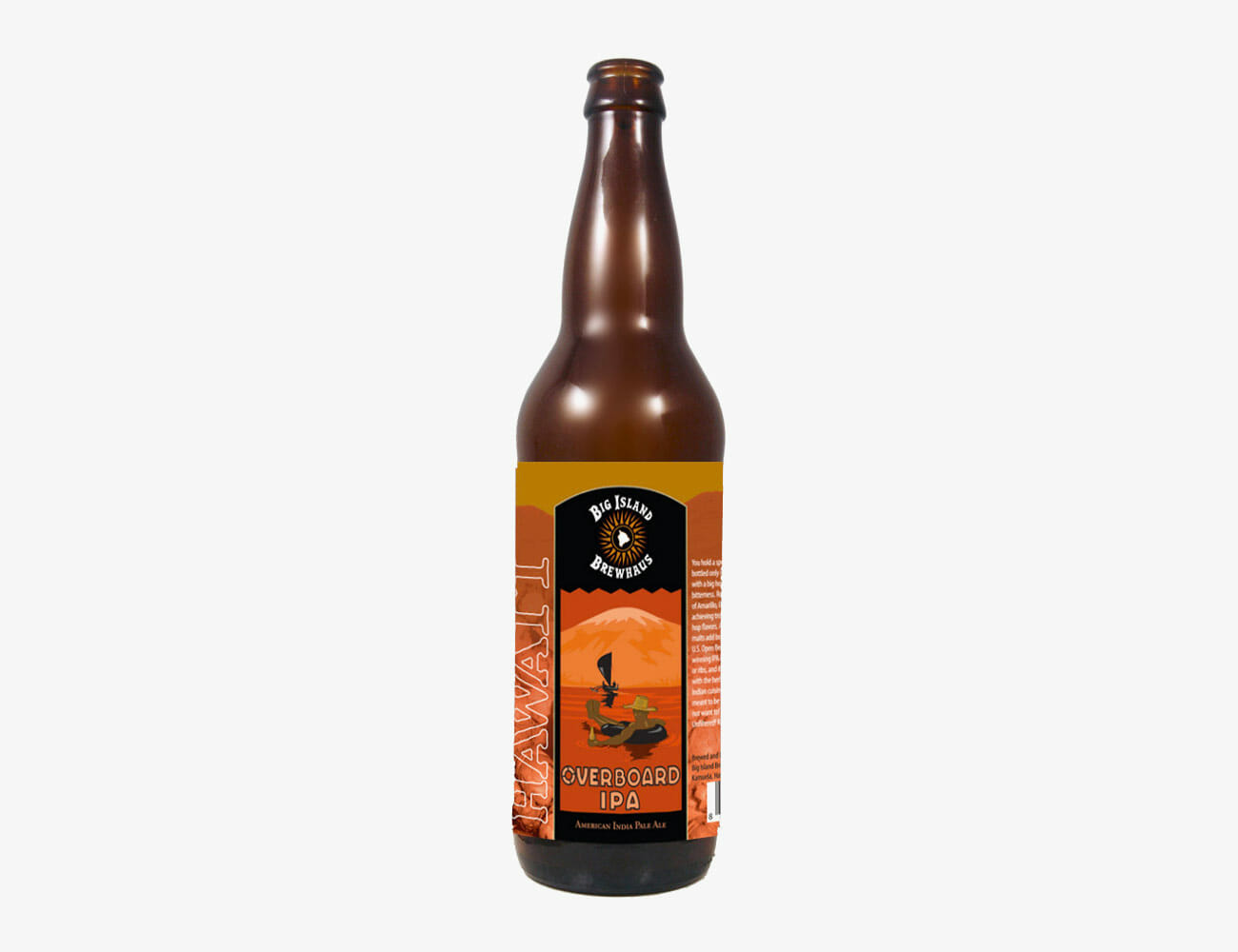Champagne is creamy in texture and unwaveringly delicious. The effervescence is welcoming without being brash. It’s the obvious choice for special occasions and celebrations, but, at times, an expensive one. What many shoppers don’t realize, however, is that winemakers throughout Europe embrace the same fermentation process as those in Champagne. What’s more, they deliver high-caliber sparkling wines without the privileged label. Below are commonly overlooked alternatives to the traditional bottle of bubbly — for a fraction of the price.
Prosecco
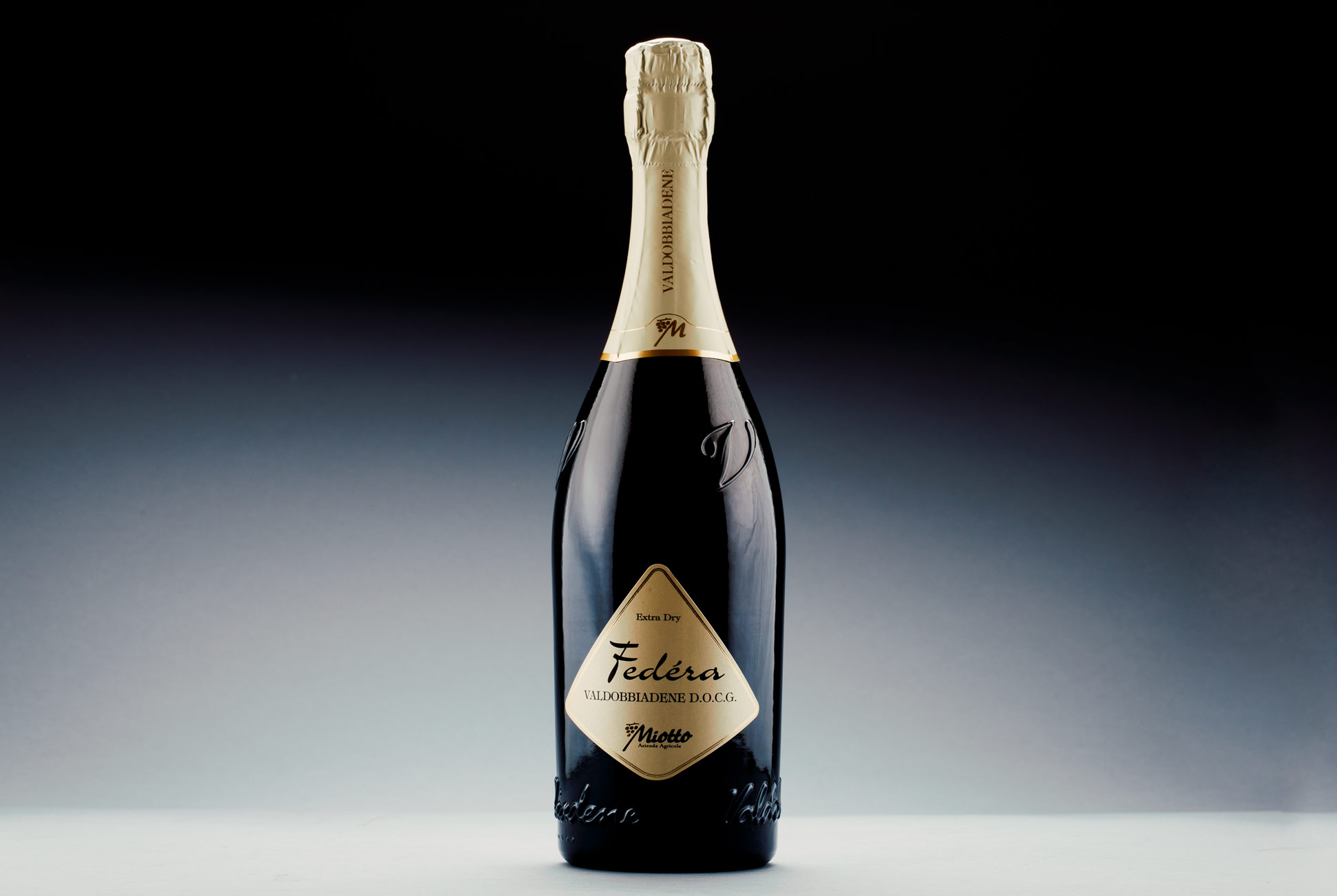
Prosecco is essentially Italy’s version of Champagne, and its most well-known alternative. It belongs to the spumate (sparkling) category of Italian wines and closely resembles the creamy bubble of Champagne. Prosecco is produced in Northern Italy using Glera grapes, which give it stronger fruit and flower notes. Because it leans sweeter than Champagne, it’s an excellent pairing with salty charcuterie like prosciutto.
Value Pick: Azienda Agricola Miotto “Fedéra” Extra Dry Prosecco ($18)
Cava
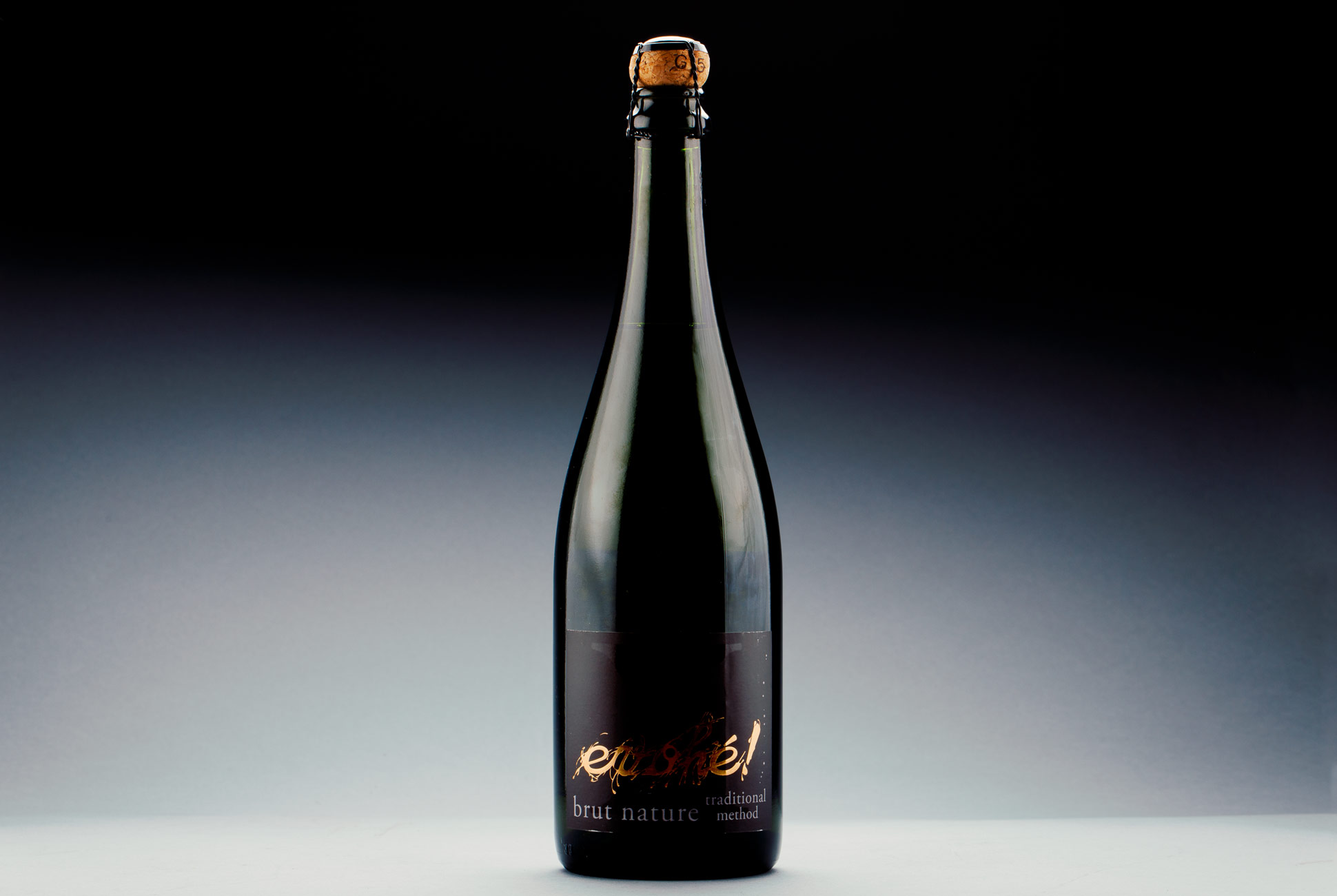
If Prosecco is Italy’s version of Champagne, Spain’s is Cava. Macabeu is the primary grape used, along with Xarel-lo and Paralleda. Together this grape trifecta creates a sparkling wine that is less sweet than Prosecco with mild acidity. Cava replicates the same process as traditional Champagne with secondary fermentation occurring in the bottle (as opposed to in a tank, like with Prosecco). Expect light pear and melon aromas, a perfect pairing for Marcona almonds.
Value Pick: Bodegas Sierra de Guara “Evohe X” Brut Nature Cava ($15)
Espumante
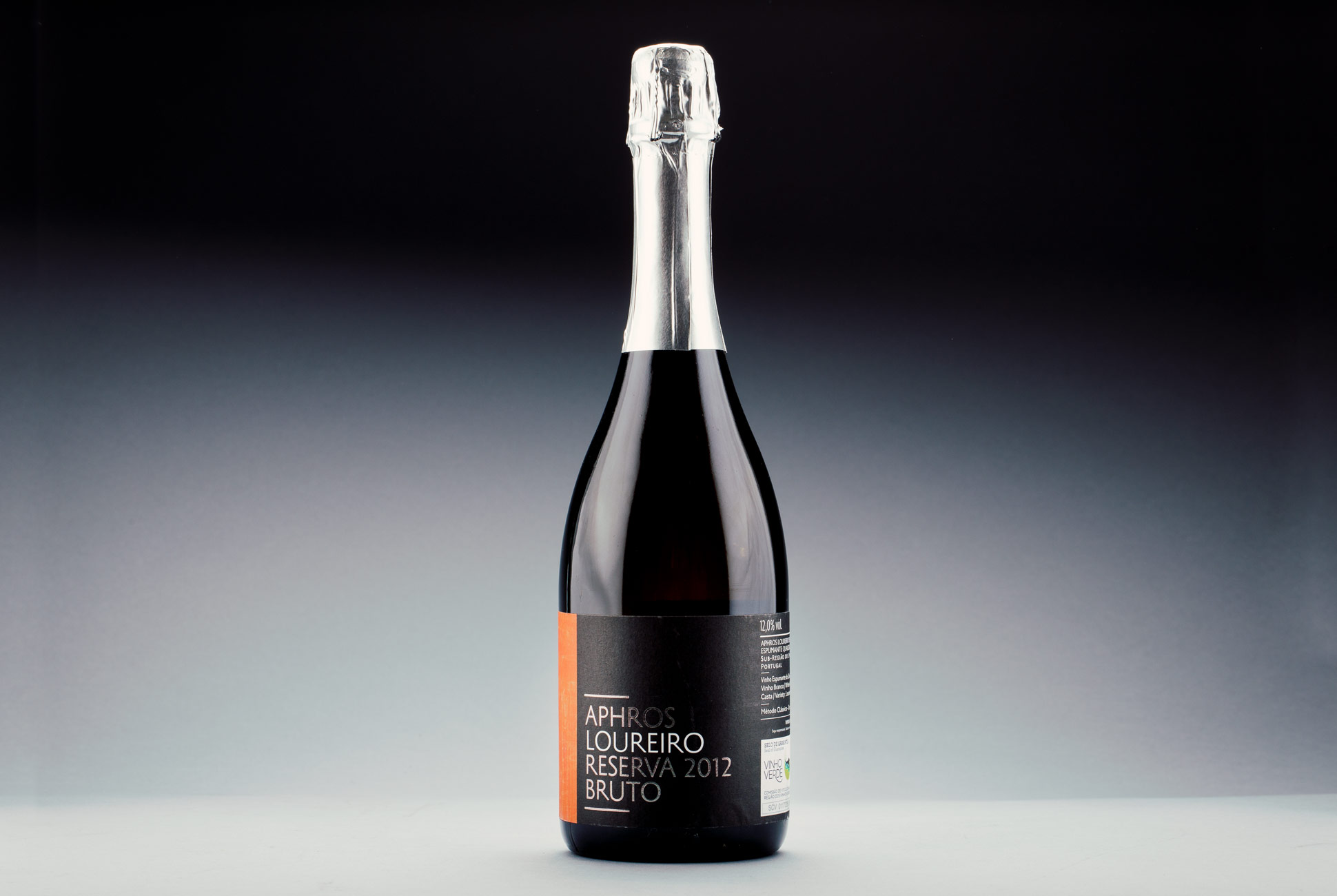
Portugal and Argentina are home to the lesser-known Espumante. Unlike other European countries which typically produce their sparkling wines in specific regions, espumante is produced widely across Portugal. However, the highest-quality versions are made in the Bairrada region. The cool coastal climate mitigates summer temperature spikes, producing some of the best grapes in the country. The Arinto grape is common in Espumante, which lends the sparkler a rich acidity ideal for balancing with succulent roasted meats.
Value Pick: Aphros Sparkling Loureiro Reserve ($22)
Crémant
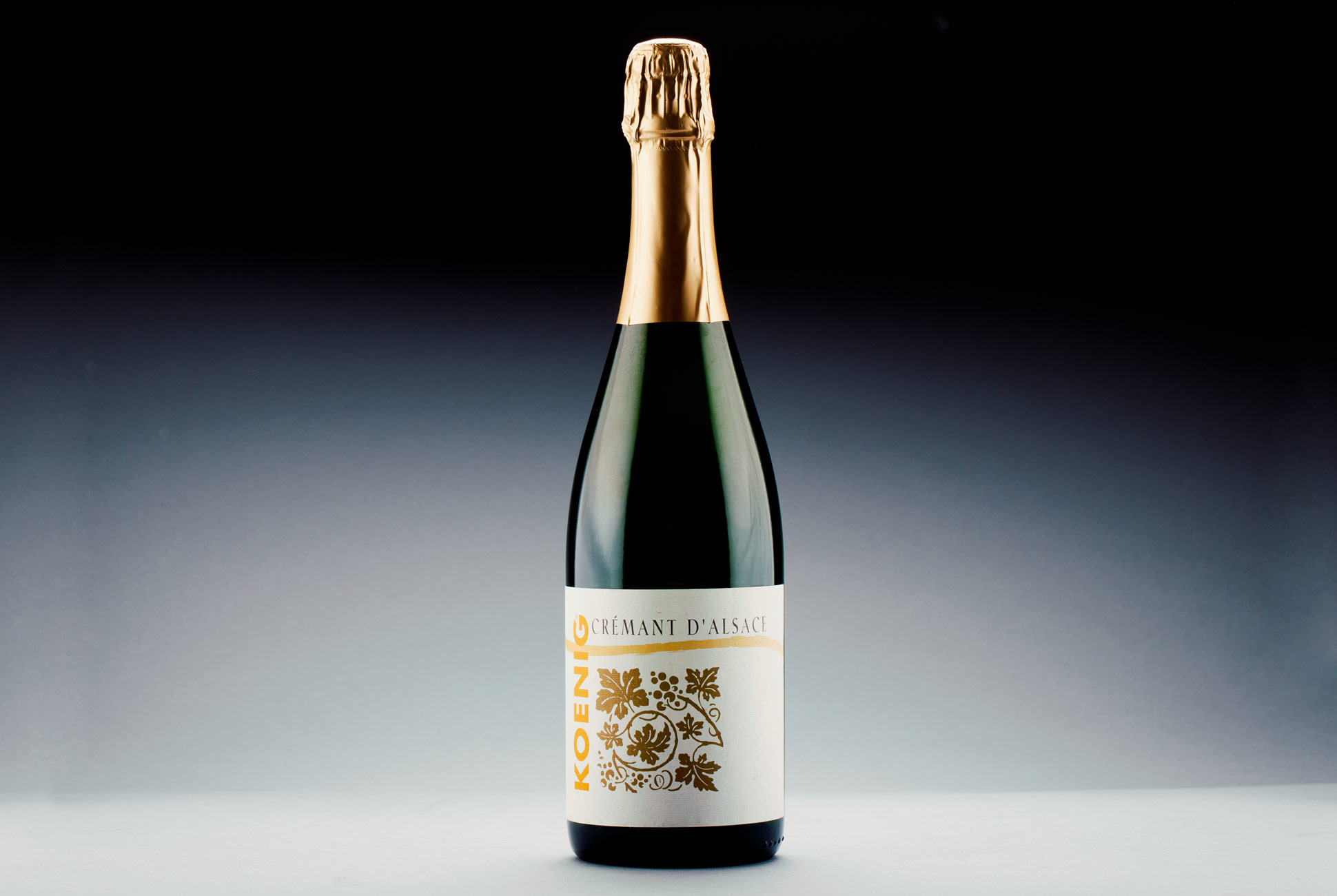
French Crémants are sparkling wines produced outside of Champagne. Over 20 regions throughout France produce Crémant, including Alsace, Bourgogne, Limoux and Jura — though the best come from Burgundy. “The proximity to Champagne and the similarity in soils translates to Crémants that taste like Champagne,” says Lorena Ascencios, Head Buyer at Astor Wines & Spirits in New York City.
Value Pick: Koenig Crémant d’Alsace ($15)
Pétillant Naturel
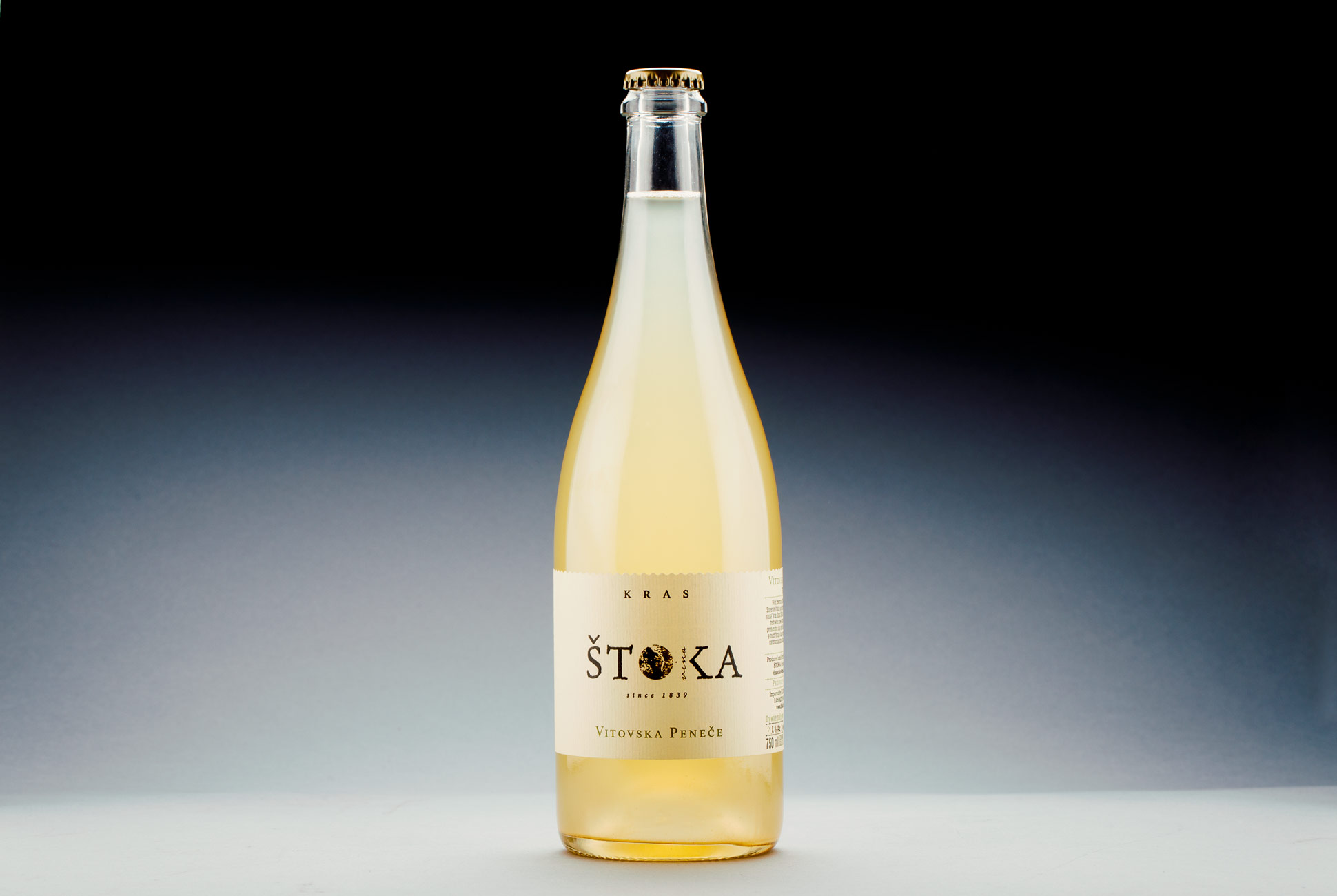
Pétillant Naturel translates to “naturally sparkling,” and the wines — fondly referred to as “pet nats” — are enjoying resurgence. They are made by interrupting the initial fermentation process: Before the yeast has consumed all the sugars from the grapes, winemakers bottle the wine, trapping the little carbon dioxide gas still to be released through natural fermentation. The result is a gentler sparkling wine with a less aggressive bubble.
Value Pick: Štoka “Bela Penece” Pétillant-Naturel ($23)
Lambrusco
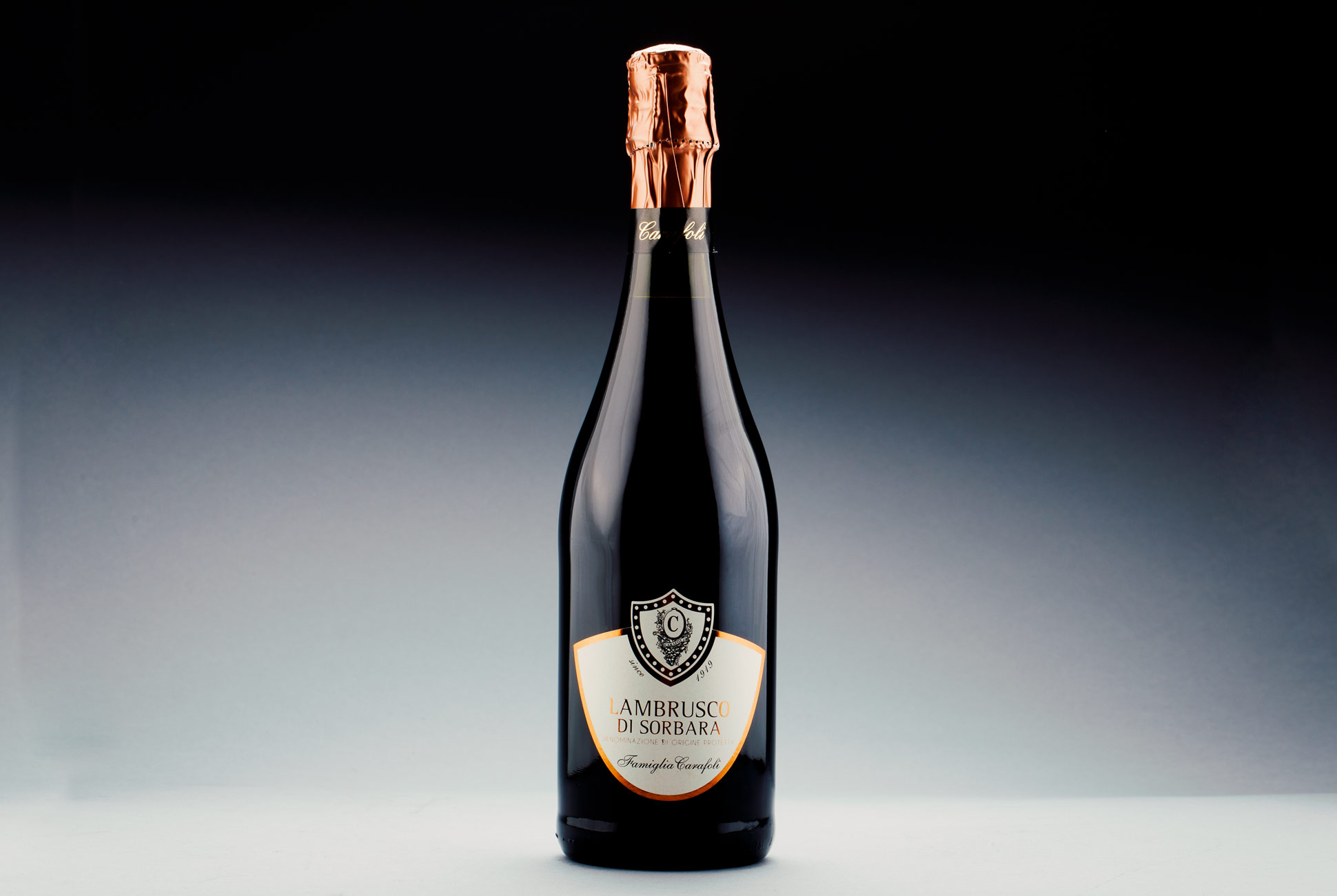
The Lambruscos of yesteryear were overly sweet and unrefined. Today, however, it’s not unusual now to find dry, old-vine versions with deep pomegranate hues. “The Lambrusco is so appealing because the color and the quality of what you can find on the market now,” Ascencios says. Because of its higher acid content, Lambrusco pairs well with fatty foods like salumi.


